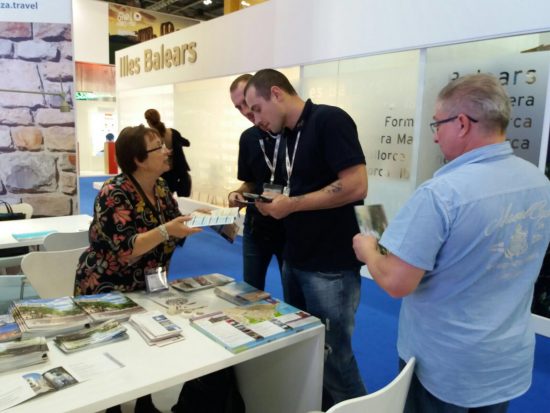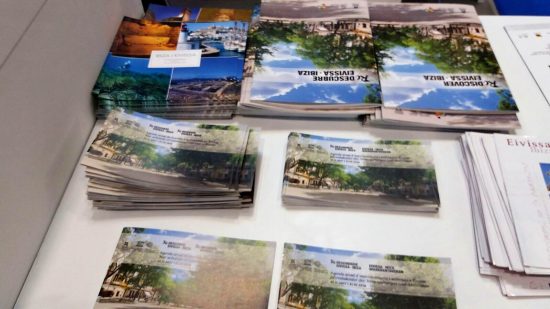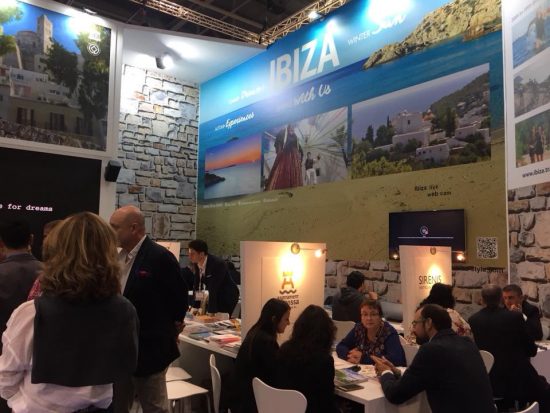
El Ayuntamiento de Eivissa promociona el patrimonio mundial en la primera jornada de la feria turística World Travel Market
El Alcalde de Eivissa, Rafa Ruiz, acompañado de la presidenta del Grupo Ciudades Patrimonio de España, la alcaldesa de Córdoba Isabel Ambrosio, y otros de alcaldes del grupo Ciudades Patrimonio de España, han mantenido un breve encuentro con el Ministro de Turismo, Álvaro María Nadal Belda, al que le han informado de la preparación para el próximo año de la celebración del 25 aniversario del Grupo Ciudades Patrimonio de la Humanidad de España. La comisión de cultura del Grupo Ciudades Patrimonio de la Humanidad de España, presidida por el alcalde de Eivissa, Rafa Ruiz, prepara y coordina un programa de actos en todas las ciudades patrimonio.
El alcalde de Eivissa, y otros alcaldes del grupo Ciudades Patrimonio de España, han tenido un encuentro con el embajador de España en Gran Bretaña con el que han estado hablando de la importancia del mercado turístico británico para las Islas Baleares.
Por otra parte, el alcalde de Eivissa y la concejala de Turismo, Gloria Corral, también han acompañado a la presidenta del Gobierno de las Islas Baleares, Francina Armengol, que ha visitado el stand de Eivissa. Durante la visita se le ha hecho entrega de una de las pulseras de promoción, diseñadas por el joyero Enric Mayoral, que el Ayuntamiento de Eivissa utiliza para actos de promoción turística.
 El alcalde de Eivissa asiste también, como miembro del grupo de Ciudades Patrimonio de España, acompañado de la alcaldesa de Córdoba, a una recepción con periodistas y touroperadores.
El alcalde de Eivissa asiste también, como miembro del grupo de Ciudades Patrimonio de España, acompañado de la alcaldesa de Córdoba, a una recepción con periodistas y touroperadores.
Durante las próximas jornadas el Ayuntamiento de Eivissa promociona el patrimonio mundial y este año se ha renovado el material de promoción turística con el fin de incorporar las mejoras que se han realizado en la ciudad en los últimos meses e incluir los nuevos productos turísticos como las actividades en las playas y la celebración de los diferentes eventos culturales como el Ibiza Light Festival, el Gay Pride o el Bloop Festival entre otros.









Deja una respuesta